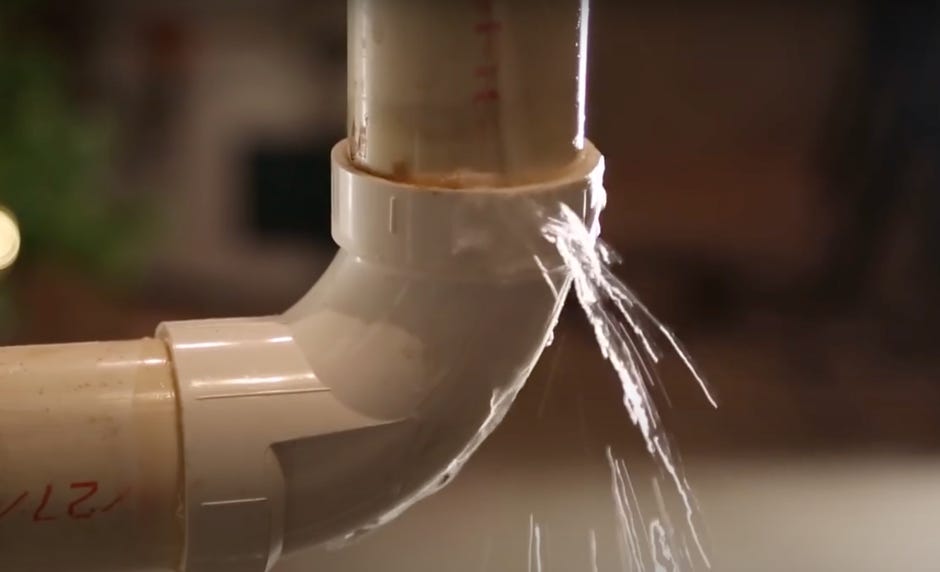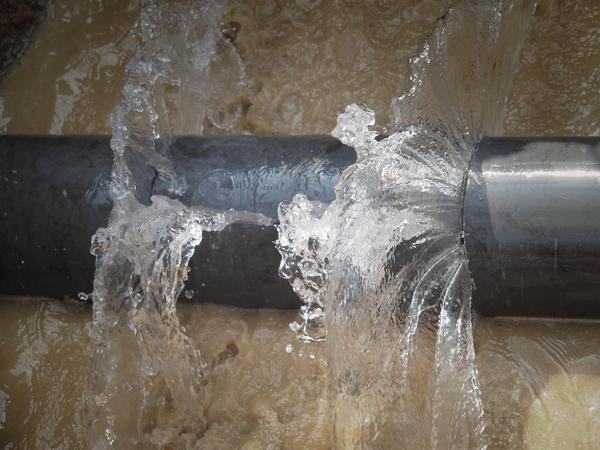Spotting and Quickly Fixing a Broken Pipe: An At-Home Approach
Spotting and Quickly Fixing a Broken Pipe: An At-Home Approach
Blog Article
We've uncovered the article pertaining to How to Prepare for Your Dishwasher Installation directly below on the internet and accepted it made perfect sense to talk about it with you on this site.

A burst pipeline is a major emergency; you can just stand as you see water you pay a lot to rejoin with the planet. In worse instances, you discover a swimming pool on your kitchen flooring, which is a great trip threat, specifically if you have kids around. If the pipeline that burst was in your wall surfaces, trouble: you might need to paint that whole area.
How can a calamity like a burst pipeline be avoided and managed? Well, by paying attention to your expert emergency plumbing professionals as well as following these rules.
Exactly how do I know when my pipelines have burst?
Fluctuating water pressures
Pipelines do not simply burst in a day. You may have seen that your kitchen area faucet or shower does not run promptly when you turn the faucet. It may stop briefly for a couple of secs and afterwards blast you with even more pressure than typical.
In various other circumstances, the water may seem regular at first, then decrease in pressure after a couple of seconds.
Damp wall surfaces and water stains
Prior to a pipe ruptureds, it will certainly leakage, many times. If this persistent leaking goes undetected, the leakage might finish right into a broad laceration in your pipe. One easy means to prevent this emergency is to keep an eye out for damp wall surfaces advertisement water spots. These water discolorations will certainly lead you right to the leak.
Puddles under pipelines as well as sinks
When a pipe bursts, the outflow forms a puddle. It may appear that the puddle is expanding in dimension, and also despite the amount of times you mop the puddle, in a few minutes, there's an additional one waiting to be cleaned. Often, you might not be able to map the pool to any kind of noticeable pipelines. This is a sign to call a specialist plumber.
Untraceable leaking noises
Pipe bursts can take place in one of the most undesirable areas, like within concrete, inside walls, or under sinks. When your house goes silent, you may be able to listen to an irritatingly relentless dripping noise. Even after you've checked your shower head as well as kitchen area faucet, the leaking may continue.
Dear reader, the dripping may be coming from a pipe inside your walls. There isn't much you can do about that, other than inform a specialist plumber.
Shut down the Water
When water ices up, it increases in quantity by regarding 9 percent. And it increases with significant pressure: The stress inside pipes might go from 40 pounds per square inch to 40,000 psi! No pipeline can hold that much pressure, so it bursts. The break may take place where the ice types, but more frequently, it occurs where water pressure finds a weak spot in the pipe. That might be inches or even feet from the frozen location. Find the water shutoff valve as well as switch off the water to prevent even more damages. You might likewise require to turn off the electrical energy as well, relying on where the leaks happens and exactly how big it is.
Polluted water
Many individuals presume a ruptured pipeline is a one-way outlet. Rather the contrary. As water drains of the hole or laceration in your plumbing system, contaminants discover their way in.
Your water might be polluted from the source, so if you can, check if your water tank has any kind of problems. Nevertheless, if your drinking water is provided and detoxified by the local government, you need to call your plumber instantly if you see or smell anything amusing in your water.
What do I do when I identify a burst pipe?
Your water meter will continue to run also while your water wastes. To decrease your losses, locate the major controls as well as turn the supply off. The water pipe are an above-ground structure beside your home.
How to Fix & Detect a Leaking Pipe
How Do I Know if a Pipe is Leaking?
Leak detection tests can help you determine if your pipe has a leak. Even if you don’t see an apparent leak, you should still conduct leak detection tests regularly to save water and money—and prevent major damage to your home.
Water meter. It can be helpful to figure out what your usual water meter usage numbers are and then monitor them regularly. To monitor your meter, first, turn off all water faucets in your home. Check the meter and write down the numbers. In a few hours, check the meter again. If the numbers have changed, you have a leak. Water gauge. Use a water gauge to test your water pressure. Your showerhead should produce a certain amount of water pressure based on its model and design. If the pressure is lower than it is supposed to be for that specific showerhead, your home likely has a leak. Puddles. Look inside your bathroom, laundry, and kitchen sink cabinets. Puddles around the cabinets or around toilets, tubs, showers, and washing machines indicate the presence of a leaking pipe. You may also notice loose tiles, peeling or flaking paint, or mold caused by water accumulation. Napkin test. Even if you don’t see any puddles, you may still have a leak. You can test for water leaks in the bathroom, laundry, and kitchen by wiping below-sink connections with a napkin, paper towel, or piece of toilet paper. If it becomes damp, you probably have a leaking pipe under the sink. Discolored walls. Walls that are discolored—usually with brown or yellow stains—or bulging might mean that they have been impacted by water damage caused by a leaking pipe. Smell. A leaky pipe will create sitting water, and over time, that water may develop a musty smell. If your home smells musty, but you can’t locate the source, it may be due to a leak. Steps for Fixing a Leaking Pipe
A leaky drain can be remedied by tightening the pipe base, replacing the drain seal, caulking the rim, and tightening the pipe nut. Similarly, a leaking toilet pipe can be treated by tightening the packing nut. You may also need to replace the valve. A leaky faucet may just need tightening or replacement of the washers. If that doesn’t work, consider replacing your faucet. If your pipe has a hole in it, you may want to use a pipe leak sealer or pipe leak tape. This quick fix for water pipe leaks can also temporarily fix a copper pipe leak. https://www.ahs.com/home-matters/quick-tips/how-to-tell-if-pipes-are-leaking/

Do you appreciate more info about What to Know Before Installing a Dishwasher? Put feedback down below. We will be interested to see your opinion about this blog entry. In hopes that you visit us again soon. For those who liked our blog posting plz remember to share it. Thank you so much for your time spent reading it.
Fast relief, just a call. Report this page